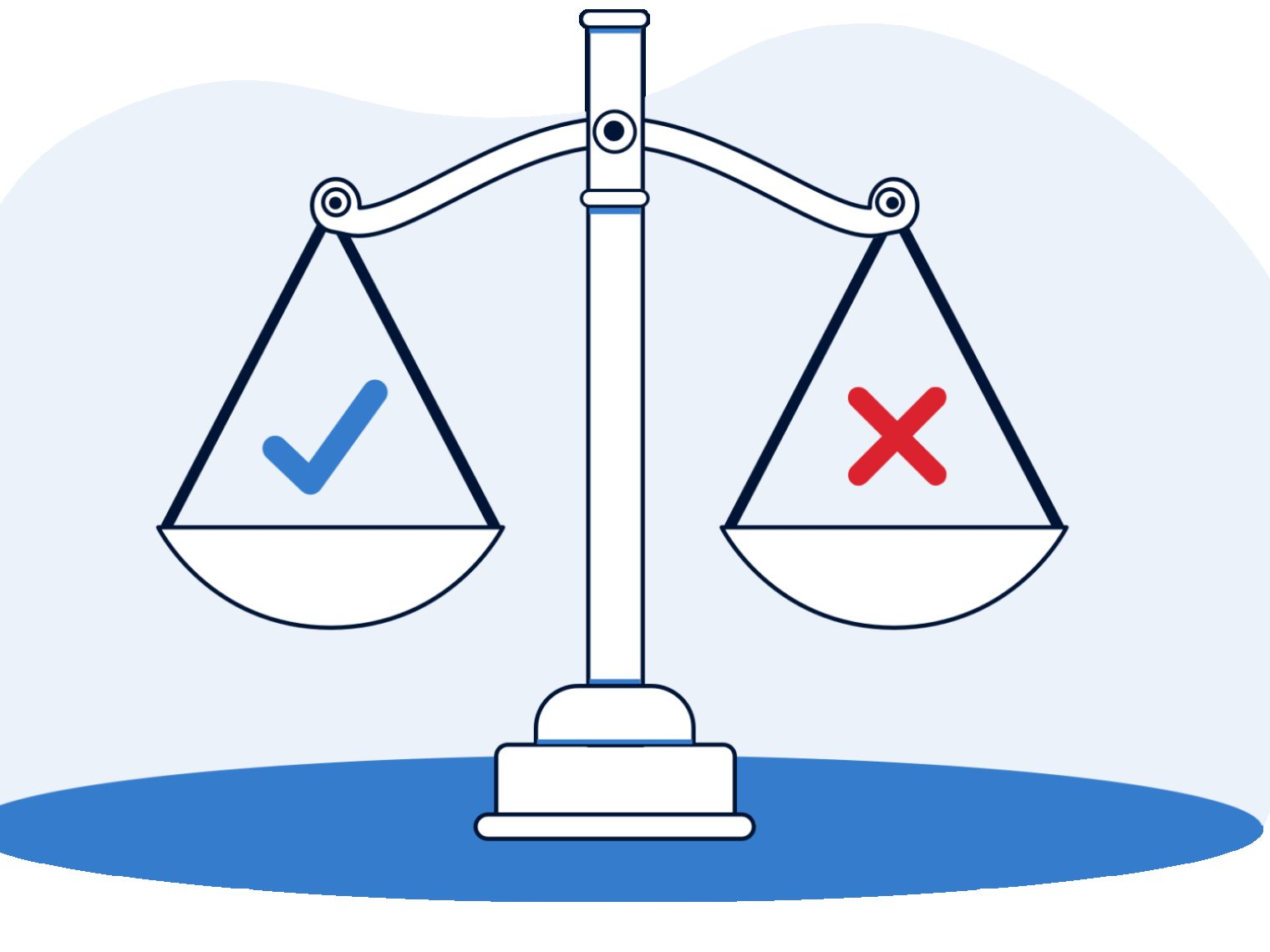VA loan limits and the VA loan funding fee are in for changes after the passing of the Blue Water Navy Vietnam Veterans Act of 2019. See how changes in Agent Orange benefits are affecting VA loans in 2020.
VA loans are one of the most powerful mortgage options available to veteran and military homebuyers. The program boasts significant benefits, such as $0 down, no private mortgage insurance (PMI) and highly competitive interest rates.
Now, after the passing of the Blue Water Navy Vietnam Veterans Act of 2019, many VA borrowers can add the ability to purchase above their county loan limit without needing a down payment.
What About VA Loan Limits Are Changing?
VA loan limits currently follow the one-unit conforming loan limits set by Fannie Mae and Freddie Mac, which start at $726,200, but reach up to $1,089,300.
These aren’t a limit on what you can purchase, but instead determine how much you can borrow before needing a down payment – typically 25% of the difference between the VA loan limit and the purchase price of the home.
For example, if a homebuyer with full VA loan entitlement purchases a $584,350 home in a county with a $484,350 loan limit, they currently need a $25,000 down payment [($584,350 – $484,350 = $100,000) x 25 percent].
However, starting January 1, 2020, veterans with full VA loan entitlement can now borrow the full loan amount without needing to factor in a down payment.
This is a huge win for veterans nationwide, especially those living in expensive housing markets. Extending their zero-down buying power will save some veterans a lot of money upfront and help them stay competitive with conventional buyers.
What If I Don't Have Full Entitlement?
VA loan limits aren’t completely going away. Veterans with diminished VA loan entitlement – either from having one or more active loans or because of default on prior VA loan – will continue to see their zero-down buying power based on the county loan limit and their remaining entitlement.
In these cases, lenders will look at your Certificate of Eligibility and where you're purchasing to assess your entitlement situation. Calculating remaining entitlement on their own can be a challenge for borrowers. It's also important to know that purchasing with second-tier entitlement comes with its own guidelines and requirements.
Talk with a Veterans United VA Loan Expert for more information.
Increases to the VA Funding Fee
The Blue Water Navy Vietnam Veterans Act of 2019 makes several key changes to the VA Funding Fee, some temporary and others permanent.
The bill raises the funding fee for two years to help pay for benefits for a select group of Vietnam veterans. But it also equalizes the fee for both first-time and subsequent uses between Active Duty/Veterans and Guard/Reserve borrowers. Previously, those from the National Guard or Reserve paid slightly higher funding fees.
Starting in 2020, the VA Funding Fee jumped from 2.15 to 2.30 percent for first use and from 3.30 to 3.60 percent for subsequent use, followed by a return to the new equalized rates for almost eight years. After that, the fees are scheduled to decrease to earlier levels of 1.40 percent for first use and 1.25 percent for subsequent use.
New VA Funding Fee Chart: Initial loan with 0-5% down
| Date of Loan | Active Duty Veteran | Reservist |
|---|---|---|
| Between 1/1/2020 and 12/31/2021 | 2.15 → 2.30 | 2.40 → 2.30 |
| Between 1/1/2022 and 9/29/2028 | 2.15 (unchanged) | 2.40 → 2.15 |
| Between 9/30/2028 and 9/30/2029 | 1.40 → 2.15* | 1.65 → 2.15 |
| On or after 10/1/2029 | 1.40 (unchanged) | 1.65 → 1.40 |
New VA Funding Fee Chart: Subsequent loan with 0-5% down
| Date of Loan | Active Duty Veteran | Reservist |
|---|---|---|
| Between 1/1/2020 and 12/31/2021 | 3.30 → 3.60 | 3.30 → 3.60 |
| Between 1/1/2022 and 9/29/2028 | 3.30 (unchanged) | 3.30 (unchanged) |
| Between 9/30/2028 and 9/30/2029 | 1.25 → 3.30* | 1.25 → 3.30 |
| On or after 10/1/2029 | 1.25 (unchanged) | 1.25 (unchanged) |
New VA Funding Fee Chart: Loan with 5-10% down
| Date of Loan | Active Duty Veteran | Reservist |
|---|---|---|
| Between 1/1/2020 and 12/31/2021 | 1.50 → 1.65 | 1.75 → 1.65 |
| Between 1/1/2022 and 9/29/2028 | 1.50 (unchanged) | 1.75 → 1.50 |
| Between 9/30/2028 and 9/30/2029 | 0.75 → 1.50 | 1.00 → 1.50 |
| On or after 10/1/2029 | 0.75 (unchanged) | 1.00 → 0.75 |
New VA Funding Fee Chart: Loan with at least 10%
| Date of Loan | Active Duty Veteran | Reservist |
|---|---|---|
| Between 1/1/2020 and 12/31/2021 | 1.25 → 1.40 | 1.50 → 1.40 |
| Between 1/1/2022 and 9/29/2028 | 1.25 (unchanged) | 1.50 → 1.25 |
| Between 9/30/2028 and 9/30/2029 | 0.50 → 1.25 | 0.75 → 1.25 |
| On or after 10/1/2029 | 0.50 (unchanged) | 0.75 → 0.50 |
*Note that from 9/30/2028 – 9/30-2029, what appears to be a big uptick in the funding fee is an extension of the current funding fee for one year.
Other Fee & VA Appraisal Changes
Along with the temporary increases and fee equalization, the Blue Water bill introduces a new funding fee exemption. Starting in January, active duty service members who have received a Purple Heart will be exempt from paying the funding fee.
This bill also provides a boost to the VA appraisal process. Appraisers can now make VA appraisals based on third-party information, a move that should help boost turn times in more remote parts of the country.
Related Posts
-
 VA Renovation Loans for Home ImprovementVA rehab and renovation loans are the VA's answer to an aging housing market in the United States. Here we dive into this unique loan type and the potential downsides accompanying them.
VA Renovation Loans for Home ImprovementVA rehab and renovation loans are the VA's answer to an aging housing market in the United States. Here we dive into this unique loan type and the potential downsides accompanying them. -
 Pros and Cons of VA LoansAs with any mortgage option, VA loans have pros and cons that you should be aware of before making a final decision. So let's take a closer look.
Pros and Cons of VA LoansAs with any mortgage option, VA loans have pros and cons that you should be aware of before making a final decision. So let's take a closer look.

